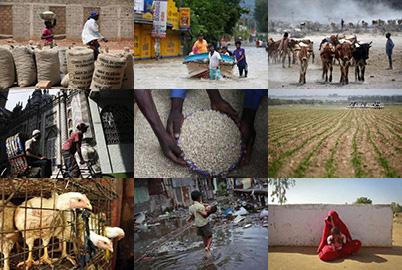About 1.6 billion children have been affected by COVID school closures since the pandemic began, and some may never catch up
By Emma Batha
March 10 (Thomson Reuters Foundation) - School closures during the COVID-19 pandemic have deprived hundreds of millions of children of education, jeopardising their future job opportunities and earning potential.
As the world marks the two-year anniversary of the declaration of the pandemic, many children are at risk of never returning to the classroom.
Closures have not only risked widening inequalities within countries, but also between them.
Here are some facts about the crisis:
- School closures have affected about 1.6 billion children - more than 90% of the global population of school students.
- More than one billion of them live in low- and middle-income countries.
- The current generation of schoolchildren risks losing $17 trillion in lifetime earnings due to school closures - equivalent to 14% of today's global gross domestic product (GDP).
- More than half of 10-year olds in low- and middle-income countries were unable to read a simple text pre-pandemic. That could soar to 70%.
- Children in South Asia and Latin America and the Caribbean missed nearly triple the amount of education as children in Western Europe.
- Online platforms were the most common response for remote learning, yet 1.3 billion school-age children do not have internet access at home, while barely half of sub-Saharan Africa has access to electricity.
- Nearly 500 million schoolchildren have had no access to any remote learning, including printed materials. The vast majority were in the poorest households or rural areas.
- In South Africa, schoolchildren are between 75% and a full school year behind where they should be.
- Primary school children in Ethiopia learned only 30-40% of the maths they would do during a normal year.
- Many children may never return to school. Evidence in Uganda suggests nearly a third could drop out. In Brazil, one in 10 students aged 10-15 said they were not planning to return.
- Globally, 9 million children risk being pushed into child labour by the end of 2022 due to rising poverty triggered by the pandemic.
- School closures have placed an estimated 10 million more girls at risk of early marriage in the next decade and at increased risk of dropping out.
- Early in the pandemic, World Vision estimated 1 million girls in sub Saharan Africa could drop out after becoming pregnant during lockdowns.
- Girls are more likely to be asked to help with domestic chores during school closures. In Kenya, nearly three-quarters of adolescent girls said chores distracted them from studying.
- More than 370 million students missed out on school meals - a crucial source of nutrition for many young children, potentially impairing cognitive, language and physical development.
- As of mid-2021, the education and training sector had been allocated less than 3% of global stimulus packages since the start of the pandemic.
Sources: UNESCO, UNICEF, World Bank
Related items:
'Lost generation' feared as COVID school closures fuel inequality
Pandemic surveillance: is tracing tech here to stay?
Asian workers pushed to upskill as pandemic quickens digital shift
(Reporting by Emma Batha in London @emmabatha; Editing by Helen Popper. Please credit the Thomson Reuters Foundation, the charitable arm of Thomson Reuters, which covers the lives of people around the world who struggle to live freely or fairly. Visit http://news.trust.org)
Our Standards: The Thomson Reuters Trust Principles.

